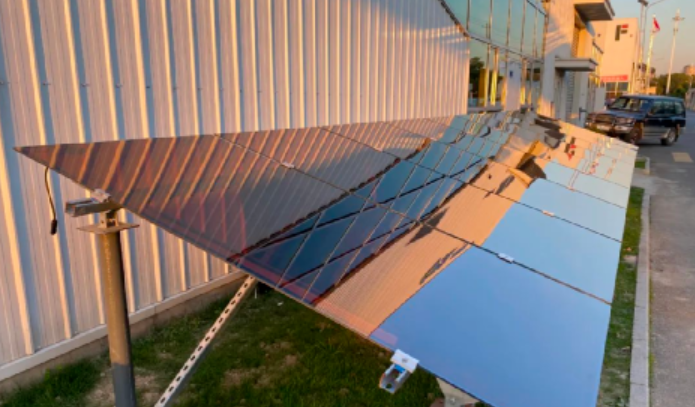With the growth of global demand for green energy, solar photovoltaic technology is rapidly developing, in which, chalcogenide solar cells due to its high efficiency and low cost and attention, is considered “the most promising next-generation photovoltaic technology”.
Researchers said that if the chalcogenide battery is compared to a sandwich, the middle layer is the core of power generation – chalcogenide material, used to absorb light. Sandwiched between the upper and lower layers of chalcogenide material “lettuce” are hole transport layer and electron transport layer, responsible for photogenerated holes and electrons effectively transmitted to the electrodes, that is, the sandwich of the “bread layer”. Compared with silicon solar cell materials, chalcogenide cells are not only a rich source of raw materials, strong light-absorbing capacity, simple production process, low cost, but also thinner, lighter and more efficient.

Glove box and Calcitonite
“Chalcogenide battery film is generally about a few hundred nanometers thick, and can achieve about the same light-absorbing capacity as silicon battery wafers, which allows it to be used in many lightweight scenarios.” Project leader Jingjing Xue introduced, “Calcitonite batteries can be used as indoor photovoltaic power generation, building photovoltaic integration, and there are also many application scenarios in the field of consumer electronics.”
However, the stability problem has been the bottleneck that restricts the widespread application of chalcogenide battery technology. “Traditional materials applied to the hole transport layer do not have both efficient electrical transport performance and stability, and are prone to failure under light and high temperatures.Py3 novel molecular material can significantly improve the stability of the battery without sacrificing or even enhancing the efficiency of the battery device.” Jingjing Xue said.
The results of the study show that the current life of the calcitonite batteries measured in the laboratory is about a few hundred hours, but the operating life of the calcitonite batteries made using Py3 were all over 10,000 hours in aging tests. In addition, the preparation cost of Py3 is significantly lower than that of commonly used materials, with a rough estimate of a 30-fold reduction compared to traditional materials.

























